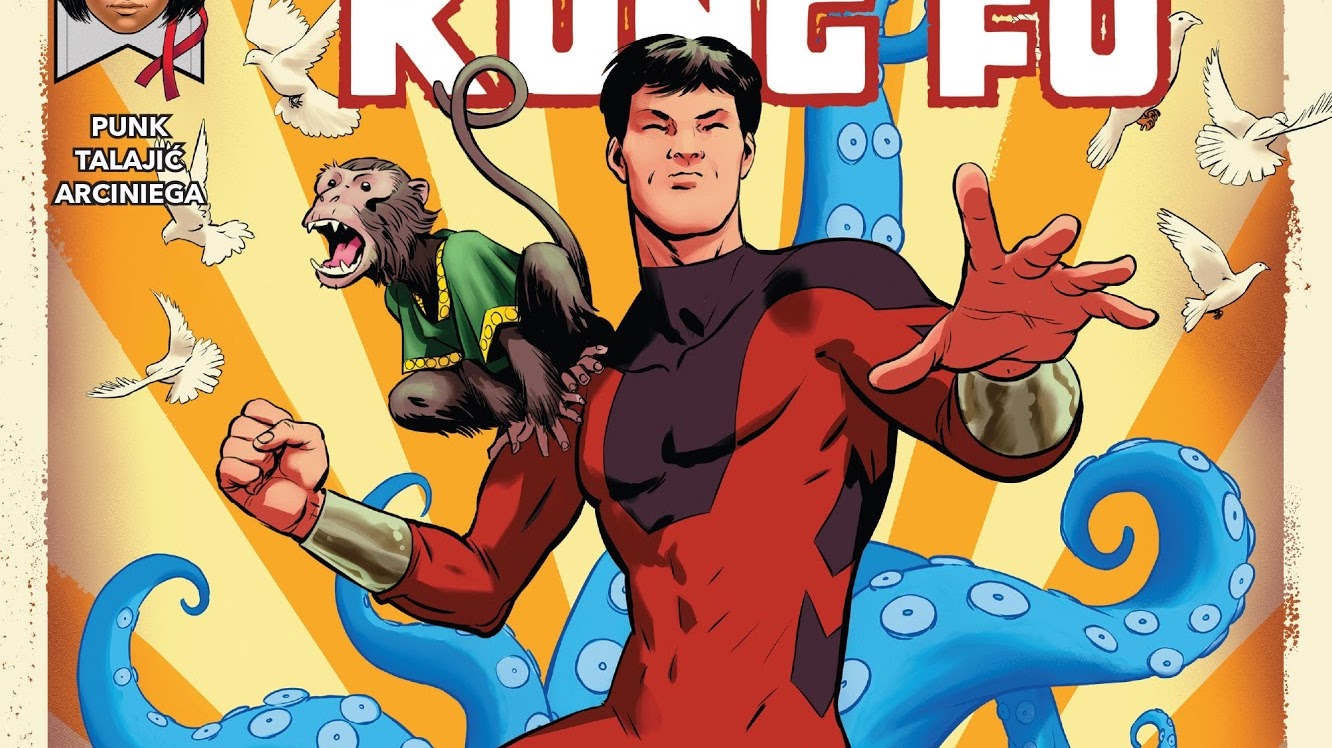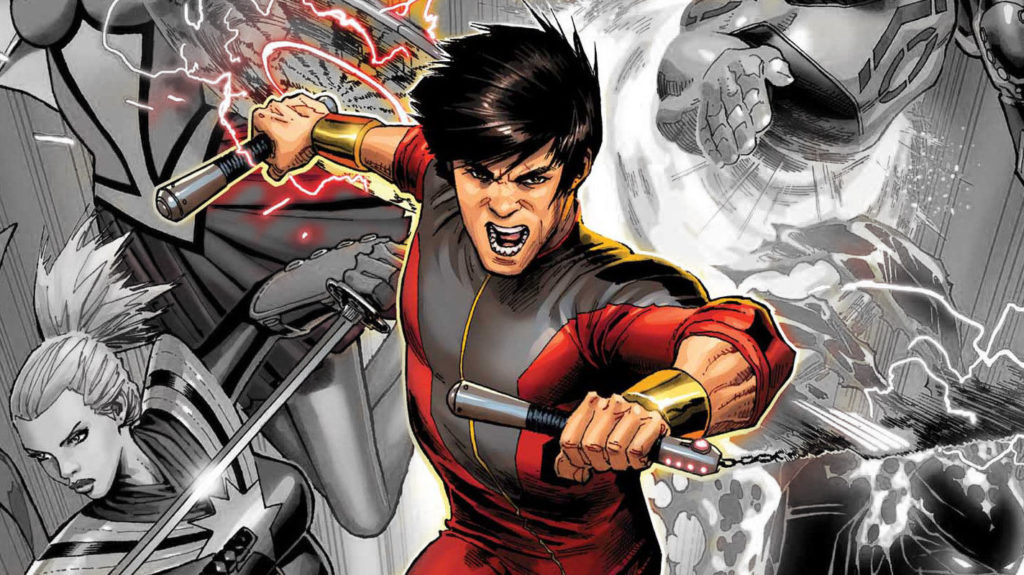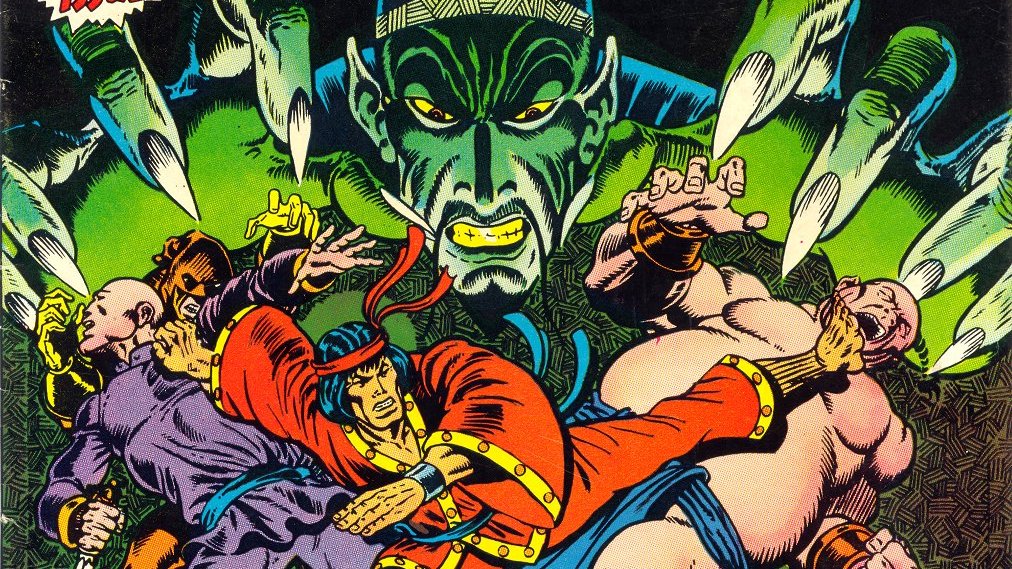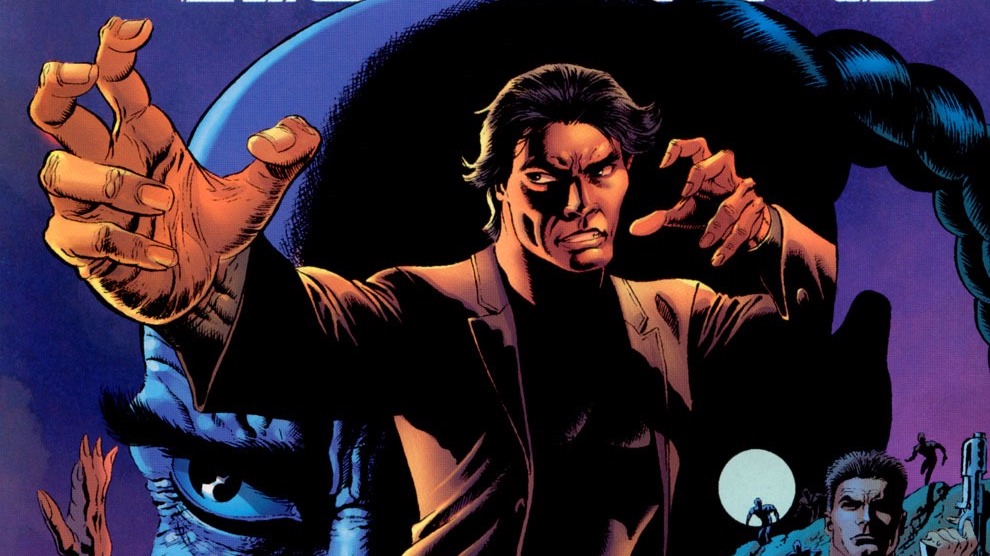The Tumultuous History of Marvel’s Shang-Chi

Join the community on Reddit for the latest Marvel & DC news!
Even though the Netflix Iron Fist Series didn’t quite work out the way we all wanted it to, the series did lay the foundation for a new age of comic books fans. I mean, without it, and to a lesser extent, Daredevil, people who are just jumping into the medium may not have known that martial artists even exist in comics.
Am I right?
If you find yourself sitting there thinking how wrong I am, remember that even the mighty Marvel Cinematic Universe hasn’t introduced the notion of a true martial artist. Black Widow fights but her background in fighting hasn’t been revealed. Hulk smashes. Thor punches. Iron Man shoots. And Captain America boxes and throws a shield.
Say what you want about Iron Fist, but the show did help Marvel understand whether or not their martial arts characters could 1) translate well onto a screen and 2) be accepted by those who watch the screen.
The remarkable thing about the show is that no matter what you think of it, it only managed to tap into a small amount of Marvel’s martial arts history. Remember, because it ended so abruptly, Marvel was only able to introduce a handful of their characters.
- Lei Kung
- Steel Serpent
- Orson Randall
- Colleen Wing
- Bride of Nine Spiders
- Danny Rand
Had the show continued, I think it’s safe to say that Marvel would’ve tapped into their near limitless catalog of martial artists. And I dare say that we’d have been better off because of it. Alas, however, they didn’t and couldn’t. The show ended without any real explanation and with it, also ended Marvel’s foray into martial arts.
Or at least so we thought.
Within the last year or so, Marvel and Kevin Feige claimed that his universe (the MCU) is set to expand into martial arts. While he didn’t give any details, he made it perfectly clear that expansion would surround the character Shang-Chi. Although Shang-Chi isn’t my favorite of the Marvel martial artists, I am very excited that martial arts are coming.
Marvel’s Shang-Chi, whose name roughly translates to “a rising and advancing spirit” is the son of Fu Manchu. He helped usher in a new age of comics all-the-while raising awareness for terrible stereotypes.
But before we get to that.

As a young boy, Shang-Chi was trained by some of the world’s foremost martial artists. Due to this, he had very limited contact with both his father and his hand-selected mother. When the two (he and his father) did meet, his father told him that the training was to prepare him to do good in the world.
Eventually, Shang-Chi became a strong enough fighter that he was sent on his first mission. Although he believed the mission to be some sort of humanitarian adventure, it became apparent that this was as far from the truth as imaginable. Shang-Chi arrived in London and learned that he had been sent there to assassinate Dr. Petrie. Believing the word of his father, Shang was convinced that Petrie was evil and carried out the assassination.
Shortly after assassinating Petrie, Shang-Chi met his father’s archenemy, Sir Dennis Nayland Smith. Smith revealed to him the true nature of his father and his business. Unwilling to believe what he was being told, he traveled to New York to ask his mother the truth. She confirmed that it was the truth and an angered Shang-Chi left to confront his father. Now standing in front of his father, Fu Manchu, Shang-Chi proclaimed that the two were sworn enemies.
Shang-Chi was Marvel’s Bruce Lee. He, along with Iron Fist, Colleen Wing, Misty Knight, and Moon Knight helped launch Marvel’s martial arts movement. Together the group gave Marvel the opportunity to capitalize on the ever-growing Kung-Fu craze that had hit the shores of the United States.
The 1970s were an amazing time for comics. Not only did it give the world ground breaking stories like the Death of Gwen Stacy, The Magus Saga, and others like them, but it also introduced the general population of the United States to Kung Fu comics.
The Kung Fu movement hit the United States like a karate chop to the cheek. At the time it seemed unexpected and quick. Looking back, however, it was anything but quick. The world was unsure if the United States would embrace the genre so to test the waters, Kung Fu trickled in ever so slowly. Almost immediately the trickle turned into a tsunami and the United States couldn’t get enough of it.
Shortly after its introduction, the David Carradine-led show “Kung Fu” was launched on television. Metaphorically it’s safe to say that Carradine’s “Kung Fu” helped push the United States up the martial arts mountain. It did what it was designed to do and did it well. However, it was Bruce Lee’s “Enter The Dragon” that charged the country up to the summit and firmly placed the “I claim this land in the name of…” flag on its ground.
Bruce Lee’s “Enter The Dragon” was so popular that it was the ninth highest grossing film of 1973. The movie propelled the martial artist and action star to heights that nobody could’ve predicted. After “Enter The Dragon”, Bruce Lee became a household name in the United States and every company under the sun was trying to replicate him. This included Marvel Comics.
As Kung Fu became mainstream, Marvel found itself playing catch up. Although they had some of the most well-known characters in comics, they didn’t have a well-known martial artist…they didn’t have Bruce Lee. So, in an effort to replicate Lee and cash in on the movement, they tried to purchase the rights to Carradine’s “Kung Fu”. After a failed attempt purchas “Kung Fu”, they set their sights on another martial artist…Fu Manchu.
As a side opinion, the remarkable thing about the time was that at the end of the day, it didn’t matter who they acquired. Bruce Lee, David Carradine, or Fu Manchu. Kung Fu was here and here to stay. In fact, they probably could’ve put a black belt on a peanut butter and jelly sandwich and done just as fine. The world wanted Kung Fu and anything that resembled it would’ve worked.
As the story goes, Steve Englehart and Jim Starlin fell in love with the Kung Fu craze. This caused the two to pitch the idea of a Kung Fu character to then Editor in Chief, Roy Thomas. Even though Thomas didn’t particularly like the idea, he told them that they could move ahead under two conditions. First, they had to incorporate the newly acquired Fu Manchu. Second, the new character had to be half-white. Remember, this was the 1970s and times were much different than they are today. Englehart and Starlin accepted the challenge and immediately put their pencils to paper.

Marvel’s Shang-Chi first appeared inside the pages of Marvel Special Edition #15 in December of 1973. Up until this point, Marvel Special Edition had consisted mainly of reprints of older comics. With Shang-Chi’s introduction, this wouldn’t last. As his popularity grew, Marvel changed the name of the book to The Hands of Shang-Chi: Master of King Fu. With the name changed, the book lasted an incredible 125 issues until it was canceled in 1983.
Shang-Chi became so popular that in addition to his own book, he began to appear in various cross-overs and even alongside some of Marvel’s most famous characters. Although he never achieved A-List character status, things for Shang-Chi were good.
But the important words to note in that sentence are “were good”.
By the 1980s the martial arts craze had begun to die down. While his Kung Fu comrades Daredevil, Black Widow, and Moon Knight continued to grow in popularity, Shang-Chi didn’t.
It would be easy to place the blame on a dying genre, but the others like him continued to gain in popularity. So what happened to Shang-Chi? Why didn’t he continue to grow in popularity? Why did those loyal to his books suddenly not care about them?
Simple.
Marvel’s Shang-Chi fell out of favor not because of the things he was doing. Instead, he fell out of favor because of the things he wasn’t doing and what he represented.
The 1980s brought in a much darker and grittier age for comic books. Gone were the fairytale stories that always saw the heroes come out on top. In their place stood stories of tragedy, personal loss, drugs, violence, anti-heroism, and more. These traits, as I’m sure you are aware by now, were all traits that didn’t fit the Shang-Chi mould.
It could be argued that if Marvel had changed the character a little he might have survived the new era of comics. But that would be a weak argument. What Shang-Chi represented couldn’t be undone. By this time, Shang-Chi was becoming the poster child for racism, discrimination, and the like.
Let me explain.
Marvel’s Shang-Chi is the son of Fu Manchu and Fu Manchu had become the focal point of everything that was wrong with how North American society viewed Asian culture. Throughout his long history, Fu Manchu was the stereotypical and racist archetype for a Chinese villain. Although he wasn’t alone, Ra’s al Ghul and Ming the Merciless can be grouped into this conversation, Fu Manchu was the most famous. Due to his notoriety, those familiar with the character began questioning the ethics of the Marvel.
And you know what? It was completely justifiable.
Fu Manchu represented every known stereotype of Asian society and for Marvel to use his name and character to sell books, was appalling. Of course
His creator, Sax Rohmer described the character like this: “Imagine a person, tall, lean and feline, high-shouldered, with a brow like Shakespeare and a face like Satan, a close-shaven skull, and long, magnetic eyes of the true cat-green. Invest him with all the cruel cunning of an entire Eastern race, accumulated in one giant intellect, with all the resources of science past and present, with all the resources, if you will, of a wealthy government which, however, already has denied all knowledge of his existence. Imagine that awful being, and you have a mental picture of Dr. Fu-Manchu, the yellow peril incarnate in one man.”
And even still, if this was all that happened, I’d argue that Shang-Chi could’ve survived this. Humans are a forgiving species. But we can only forgive so much.
Due to the technological limitations of the day, Shang-Chi was printed in a color that resembled yellow more than any other. As I’m sure you’re aware, yellow is a highly racist representation of the Asian people and culture. I know that one of the only mandates Marvel made was that the character appeared in a different color than his Caucasian counterparts.

But why yellow?
Marvel’s Shang-Chi was printed in yellow. Yellow, the symbol of racism. Yellow, the symbol of discrimination. And Marvel was wrong to do it.
So why did Shang-Chi fall from mainstream appeal?
Easy.
Shang-Chi fell from
But they didn’t. But there is a chance to learn from their mistakes.
Shang-Chi is coming to the MCU and how he is received, remains to be seen. So I ask you, what do you think of the character and are you excited to see him in the MCU?
As always, I’m going to leave you with this. Comic books are the gateway to understanding the world just a little bit better.
So, may they be around forever.
Cheers,
Joel
Liked this article? Join the community on Reddit for the latest Marvel & DC news!

